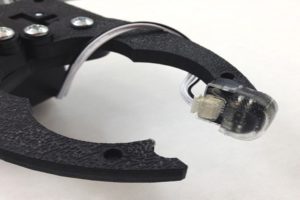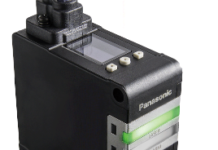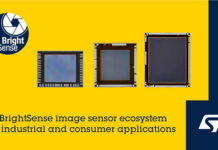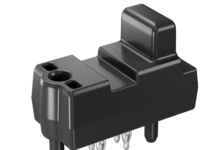
Description: Does your robot crush objects with its hulkishly strong grip? Give your robotic hand or claw a better sense of touch with the Robotic Finger Sensor.
The Robotic Finger Sensor (RFS) uses a unique combination of infrared distance sensing, optical encapsulant and data filtering to detect extremely light touches. Additionally, the silicon covering is squishy, giving the sensor increased grip (friction) and a qualitative sense of force; the sensor can’t output a quantitative number like 2.7 lbs of force, but it does output an increasing IR value indicating additional compression of the encapsulant.
https://www.youtube.com/watch?v=N5n2rxuJvSM
How does it work? In short, IR light from the VCNL4040 distance sensor dramatically scatters when an object like a white coffee cup or human skin comes in contact with the face of the sensor. The example firmware demonstrates how to capture this signal and turn it into ‘Touch’ and ‘Release’ events.
The RFS requires 3.3V and communicates over I2C. It includes an 8″ cable that is terminated in bare wires (it’s our 4-Pin JST product). These wires are 28AWG and too thin to reliably plug into a breadboard. We know this stinks, and we’re working on getting a better cable. For the time being, we recommend terminating the wires with thicker jumpers or your own 22AWG wire. The board has two small 2-56 screw holes for mounting. Hot glue also works well.
This is a collaboration with Professor Nikolaus Correll at CU Boulder. A portion of this sale is given back to Dr. Correll’s lab for the continued development of innovative robotic components.
The Robotic Finger Sensor is the first piece of autonomous robotic control. To see what’s possible when you couple vision systems with touch capability, have a look at full-stack autonomous manipulation using this sensor with ROS. CU is working on an impressive robotic perception stack to make this easier for the beginner.
Source: https://www.sparkfun.com/


















